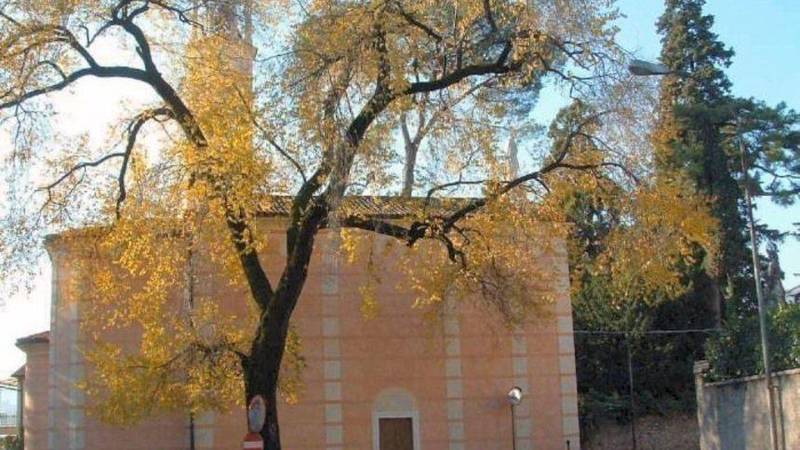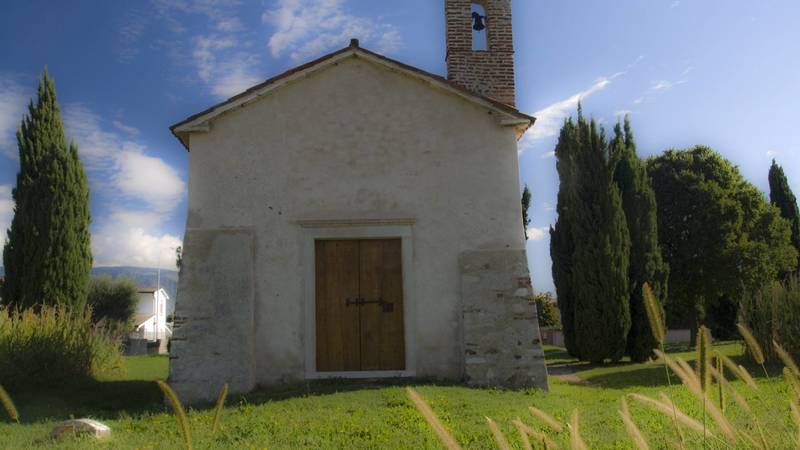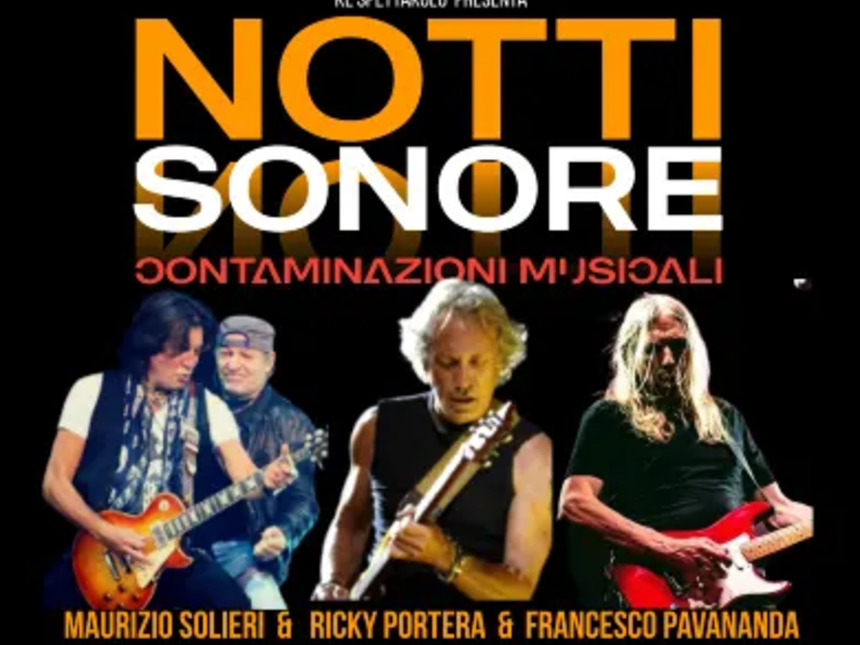Churches and worship places
Chiesa SS Trinità Sacrario Militare
Description
The Church originates from a 15th century oratory, while the Sacrarium was inaugurated in 1930 and it contains almost 5000 First World War fallen soldiers.
The church of the Holy Trinity originates from a 15th century oratory; during the 18th century it belonged to a confraternity of the order of the Trinitarians, it was subsequently rebuilt and in 1807 the area surrounding the church was chosen to host Schio’s first extra-urban cemetery. By the end of the 19th century, a new cemetery was built elsewhere and the church of the Holy Trinity was gradually abandoned. During WW1, the cemetery and the church were used to store ammunition, clothing, fuel and supplies. At the end of the war, fallen soldiers buried in temporary cemeteries in the area, were transferred to the new Military Cemetery of the Holy Trinity and on that occasion, the Church was also restored. The cemetery and church were officially inaugurated on November 4th, 1925 and on August 29th,, 1926, King Vittorio Emanuele III visited the complex when he inaugurated the Pasubio ossuary. The church has a single, spacious nave, the ceilings are decorated with frescos and stuccos. On one side of the altar we find two paintings by Valentino Pupin (1830-1886) depicting the Resurrection of Lazarus and Ezekiel’s prophecies to dry bones. The military sacrarium, erected on a design by architect Pietro Del Fabbro, was inaugurated in 1930. It is shaped as a 15th century cloister, and embraces threes sides of the Church of the Holy Trinity to which it is joined by an artistic wrought iron gate. At the centre of the main wing is the ‘Cappella dei Decorati al Valore Militare’ (chapel of the soldiers awarded the military cross ), with allegoric representations on the walls and a bronze bust of the ‘Marshallo d’Italia’, Guglielmo Pecori Giraldi, Commander of the 1st Army. The remains of 5000 known and unknown soldiers of WW1 have been collected in the cloister’s sacrarium. The graveyard with the altar dedicated to the partisans at the foot of the bell tower, the pronaos and the large tombstones inside the church remember all those who fell in the 19th century’s battles and those who died between 1940 and 1945. The Sacrarium is a public propriety.








